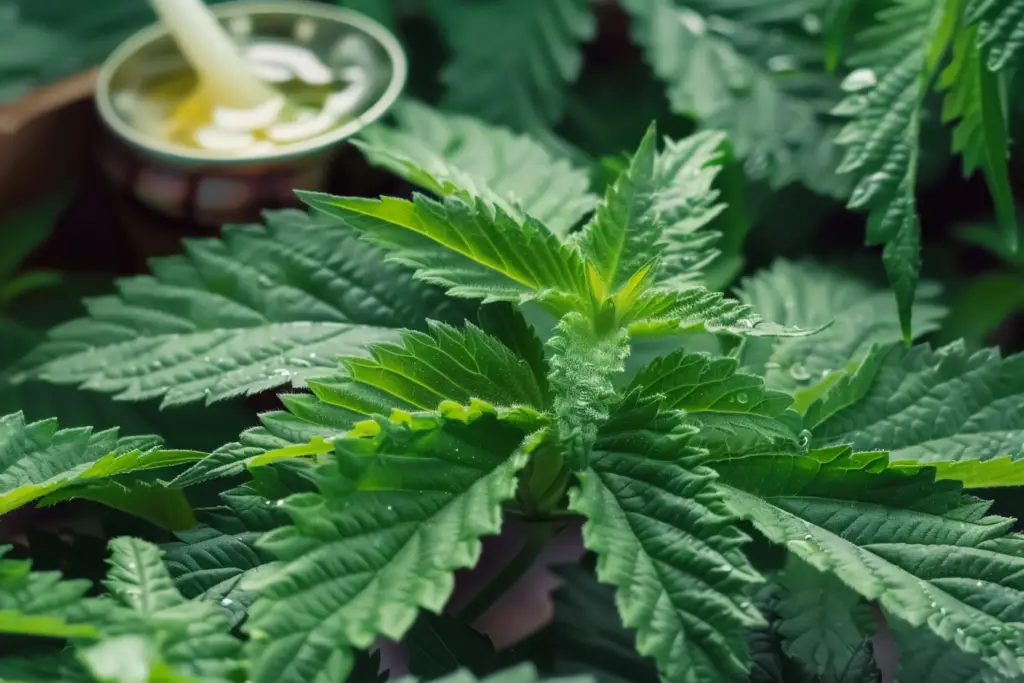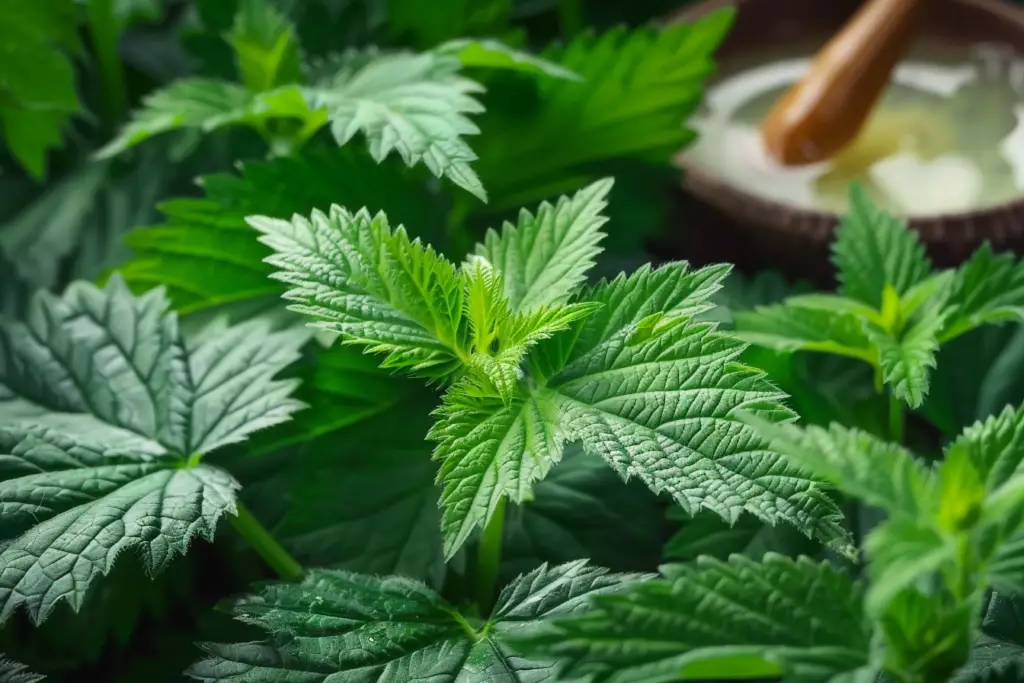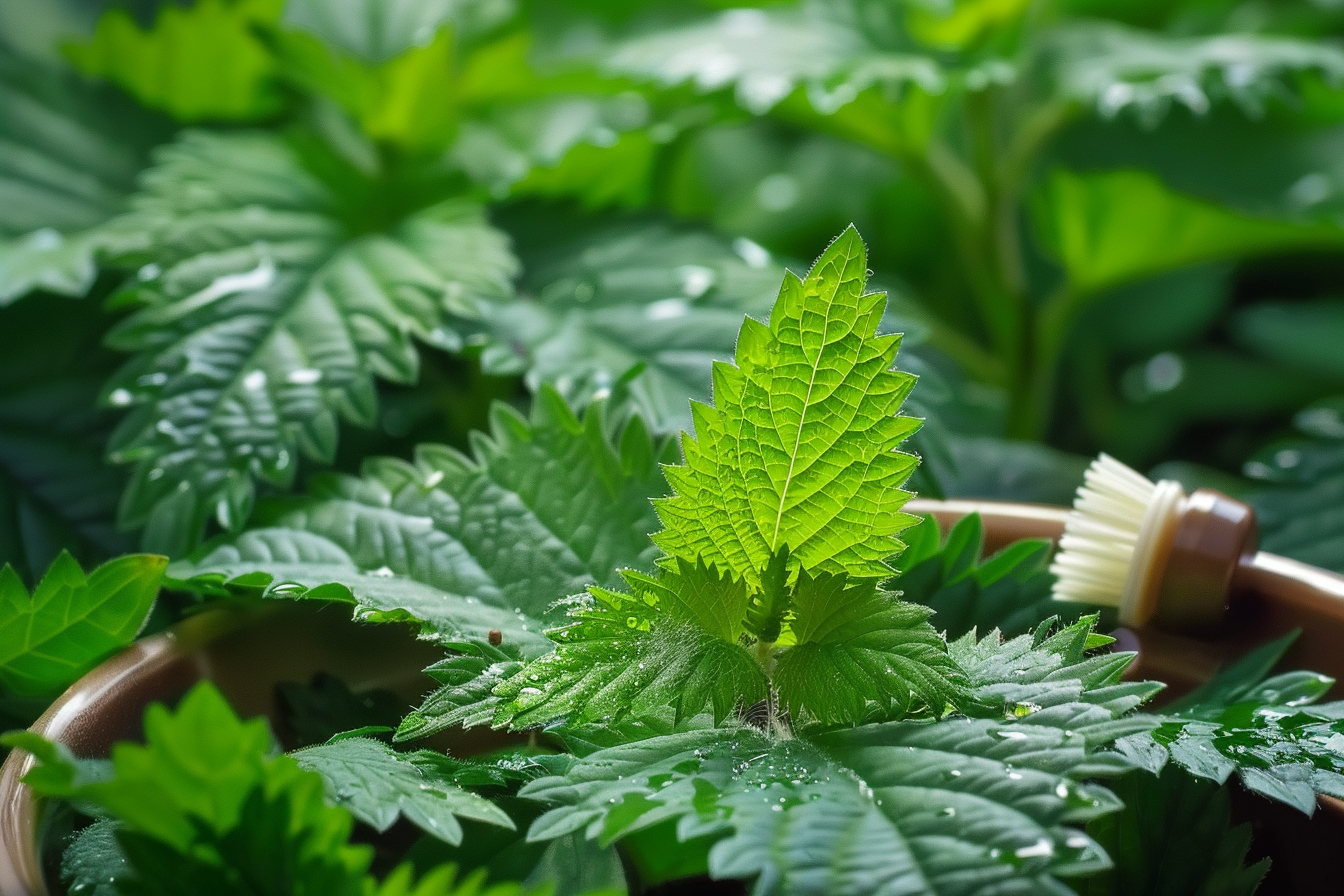When it comes to organic gardening, nettle fertilizer and nettle insecticide are significant. Their significance is that they provide a friendly-to-the-environment way of enhancing garden health and discouraging pests. This book explains the importance of these solutions made from nettles and how to make them for better results in your garden.
The Significance of Nettle Fertilizer
A source of plant vigor and productivity, nettle fertilizers also called as nettle tea or liquid fertilizers, are rich sources of nutrients. It is important because:
Nettles have Nitrogen, potassium, phosphorus and essential trace minerals which make plants grow stronger.
Adding nettle fertilizer improves the soil texture, increases its water holding capacity while improving on nutrient availability.
The powerful fragrance of nettle fertilizer repels some pests found in gardens thus decreasing reliance on chemical pesticides.
Homemade nettle fertilizers cost less hence saving you money instead of buying commercial ones.
How to Make Nettle Fertilizer (Nettle Tea)
Materials Required:
- Fresh Nettle Leaves (Be sure to wear gloves when harvesting to avoid stinging)
- Large container/bucket with lid (to prevent odor escape and insect breeding)
- Water
- Strainer or cheesecloth
- Stirring tool (stick or large spoon)
- Protective gloves
Step by Step Guide
- Harvesting Nettles: Huge amounts of fresh green leaves need to be collected from a field. The best time for collecting nettles is early spring/early summer when they are little yet full of nutrients.
- Preparing the Container: Pour water into your container. The size will depend on how much fertilizer you want to make but 5 gallons is an average bucket size used for this purpose.
- Addition Of Nettles To Water: Put the nettles inside the container while wearing gloves .Add around 1 part nettles to 10 parts water.
- Let Steep: Put a lid on the container and allow the mixture to steep. The steeping process should take between two and three weeks. It is during this time that fermentation happens, drawing all nutrients from the nettles into the water.
- Stir Regularly: Stirring helps in aerating the mix every few days as well as aiding fermentation.
- Strain Mixture: At about two or three weeks liquid needs to be put through a strainer or cheesecloth into another bowl. This is your concentrated nettle fertilizer.
- Dilute Before Use: Before you give plants some of it, dilute your concentrated fertilizer with water. An example of a common dilution ratio would be 1 part nettle fertilizer to 10 pieces of water.
- Use on Garden: Feed diluted nettle tea to your plants. For instance, leafy greens and vegetables benefit more because nitrogen is high in them.
The Significance of Nettle Insecticide

Nettle insecticide offers:
- Broader Ecosystem and Beneficial Insects Safety: This solution does not have any chemicals hence does not hurt beneficial insects or harm our environment.
- Cost-Effective Measures: Homemade Nettle insecticides promote sustainable pest control which makes them cheaper than synthetic counterparts.
- Affordable Pest Control Methods: It kills pests affecting your crops such as aphids, caterpillars, mites among other plant parasites without harming your plants in return.
Make Nettle Solution
This is done by steeping a part of nettle leaves in five parts of water for the same period as fertilizer. A 24 hour period suffices for it to serve as an insecticide.
Separate the Solution: After that, strain the infusion so as to remove all plant materials from it. The strained liquid should then be poured into a spraying bottle.
Add Soap: I also added some eco-friendly detergent in my spray bottle’s solution to serve as surfactant, which will enable it stick on the leaves and effectively cover the parasites in them.
Mix Well: Shake this solution properly so that soap mixes well with nettle concoction.
Treat Plants: Apply directly onto affected plants using sprayer insecticide made from nettle plants leaves, covers both top and undersides of leaves where pests are mostly located.The best time of applying such an insecticide is during early morning or late evening periods when there’s no direct sunlight.
Treat Again if Need Be: Additional treatment may be necessary after every seven to ten days interval or whenever heavy rain has fallen due to loss its effectiveness over time.
With these detailed guidelines, one can create strong nourishing and protective solutions based on nettles for their gardens. These remedies not only protect your garden but also make it an organic farm devoid of any harmful chemicals found in commercial products meant for gardening purposes.
Frequently Asked Questions about Nettle Fertilizer and Insecticide

1. Is any type of nettle suitable for making fertilizer and insecticide?
Most types of nettles can be used interchangeably for both purposes although stinging nettles are recommended because they have high concentration of nutrients and are widely available almost everywhere.
2. What precautions should I take when harvesting nettles?
Always wear gloves whenever you handle any amount of nettles so that you won’t be pierced by their tiny stinging hairs. If possible, put on long sleeves and trousers to protect your skin from being exposed.
3. For how long can I keep nettle fertilizer?
Nettle fertilizer should be kept in a dark, cool place for not more than six months after it has been strained and well sealed. Ensure there is no smell or contamination as the container must be airtight.
4. Can nettle insecticide affect the beneficial insects in my garden?
When applied correctly, nettle insecticide does not harm the useful insects that much. Its natural ingredients specifically kill certain unwanted organisms without affecting other types of friendly plants unlike chemicals which are broad-spectrum. However make sure to apply directly to the infected areas without excessive usage.
5. Why is dilution necessary before using nettle fertilizer?
Concentrated nettle fertilizer can burn plants if used undiluted so it needs to be diluted first before application on crops to avoid nutrient burn.
6. How often do I use nettle fertilizers on my plant?
During growing season, one should use this type of fertilizer at intervals of 4-6 weeks only so that plant’s supply of nutrients remains constant without overdoing them up.
7. What’s the best time of day to apply nettle insecticide?
Early morning and late evening are known as ideal times during which one can spray such an insecticide onto crops.The lower temperatures lessen evaporation risks whereas few beneficial insects are active thereby minimizing any potential impact on them.
8. Can I use nettle fertilizer on all my plants?
Nettle fertilizer is generally safe for most garden plants, particularly beneficial for leafy greens and vegetables due to its nitrogen content. However, be careful with plants that like low-nitrogen soil
9. How can I prevent my nettle mixture from smelling bad during fermentation?
By keeping the container sealed during fermentation process it can contain the smell. Also, regularly stir and finally put the product in a good air tight container and this will minimize any smells.
10. Is it possible to make a larger batch of nettle insecticide and store it?
Yes, you can make a larger batch and store it, but ideally use within one or two weeks. The potency may decline over time while preservative-free mixtures might spoil.
Through answering these familiar questions effectively informally incorporate nettle solutions into your gardening practice by making use of their natural advantages towards healthier flourishing gardens.

